Session 5: Scientific Research Informing Change
Submitted by Kate Smith on 08 Sep 2022
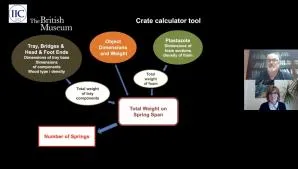
Namrata Patel
Documentation is the process of gathering information and presenting it, so that users can both refer to it and infer knowledge about the objects and their changes over time. The importance of monitoring and documentation in the conservation of cultural heritage is universally recognised. One of the core activities of a conservation practitioner and custodians of cultural heritage, is to design an ever evolving monitoring and evaluation system for their collection.
Documentation helps us assess the condition of the artefact; it helps us increase our understanding of an artefact’s aesthetics and gives valuable clues to the material and technology that was implemented during its making. In this way, documentation assists in the development of our professional understanding and helps us sketch out a road map for future custodians and conservators.
Use of scientific studies and technology to map, monitor and document changes has become increasingly widespread in the conservation field, with many experimental projects undertaken by cultural organisations and custodians. During the fifth session of the IIC Congress 2022, the attendees got an opportunity to hear three case studies that used scientific monitoring and evaluation techniques to document and monitor changes in art objects and cultural sites.
Creating the ideal packing crate at The British Museum
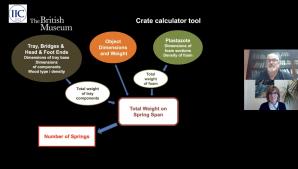
This hybrid session opened with a virtual presentation on the scientific research carried out by the British Museum. Verena Kotonski and Evan York presented how a cross-disciplinary effort by engineers and collection care professionals was used to develop a calculator tool. The calculator tool allowed its users to create ideal packing crates. These object specific crates aimed to prevent damage to three dimensional objects, which would otherwise be at risk from shocks and vibrations during their transportation.
Imaging technologies monitoring change at the University of Oslo
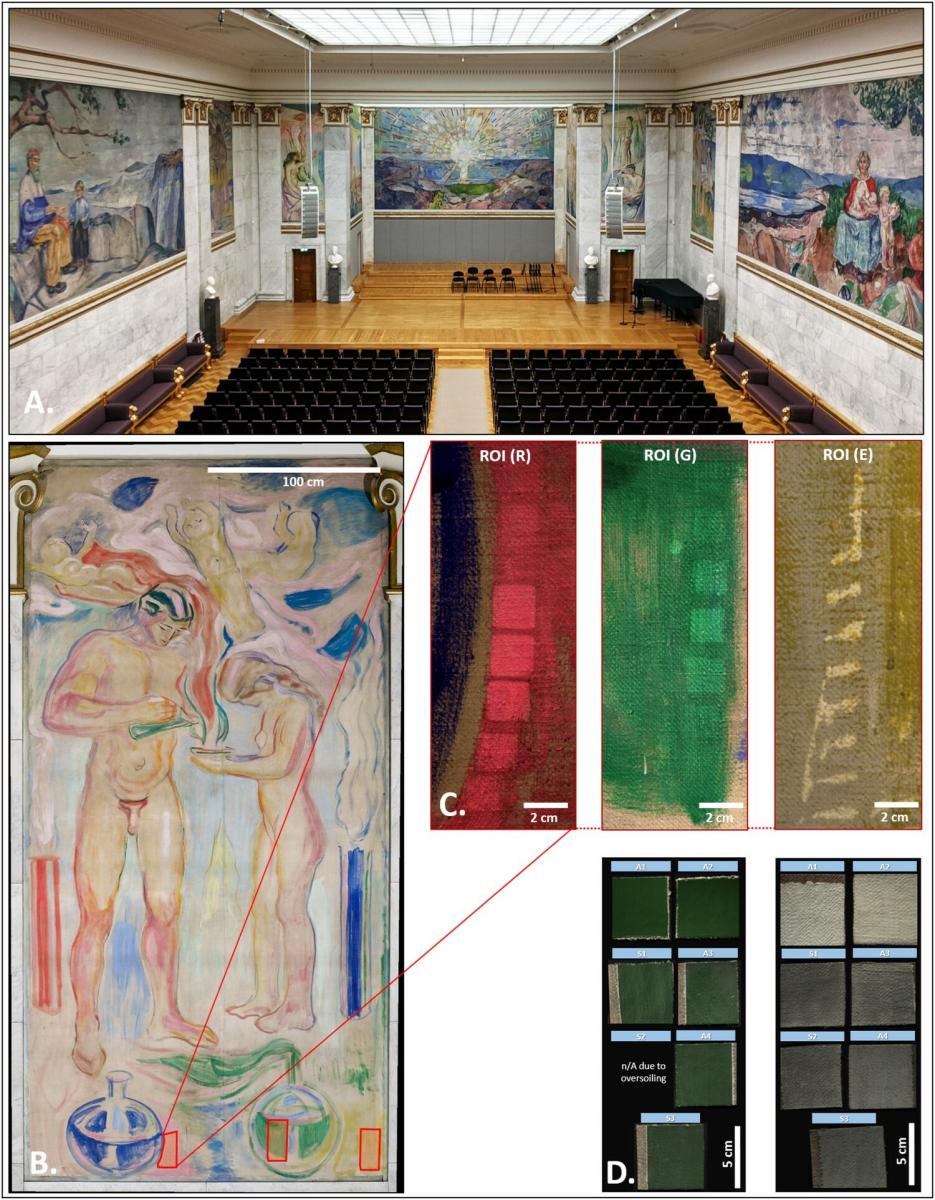
The virtual talk was followed by an in-person presentation Jan Dariusz Cutajar from University of Oslo, Norway . Jan gave a brief introduction of CHANGE-ITN project, focused in developing innovative applications of imaging technologies to monitor change in cultural heritage objects. He introduced his ongoing work that uses the power of hyperspectral imaging (HSI) to document cleaning treatments on the unvarnished Aula paintings by Edvard Munch. He further explained how Principal Component analysis (PCA) was used to interpret and map the difference between the soiled and cleaned areas.
Photogrammetry experiments during lockdown
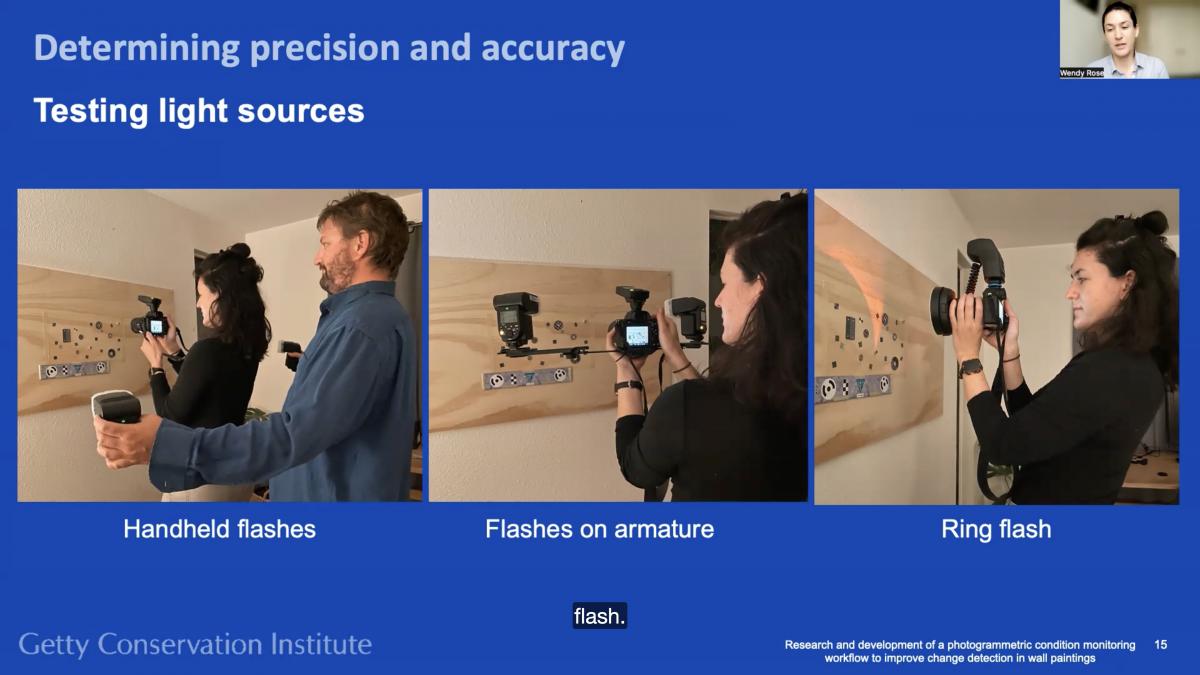
Tracking changes to artefacts through imaging techniques was also covered in the next presentation by Wendy Rose. Wendy introduced the audience with the photogrammetric workflow and the experimental trials undertaken, at her home during lockdown, as part of the collaborative project undertaken by the Getty Conservation Institute. The project aims to improve the detection of three dimensional changes in wall paintings with the help of photogrammetry.
Q&As
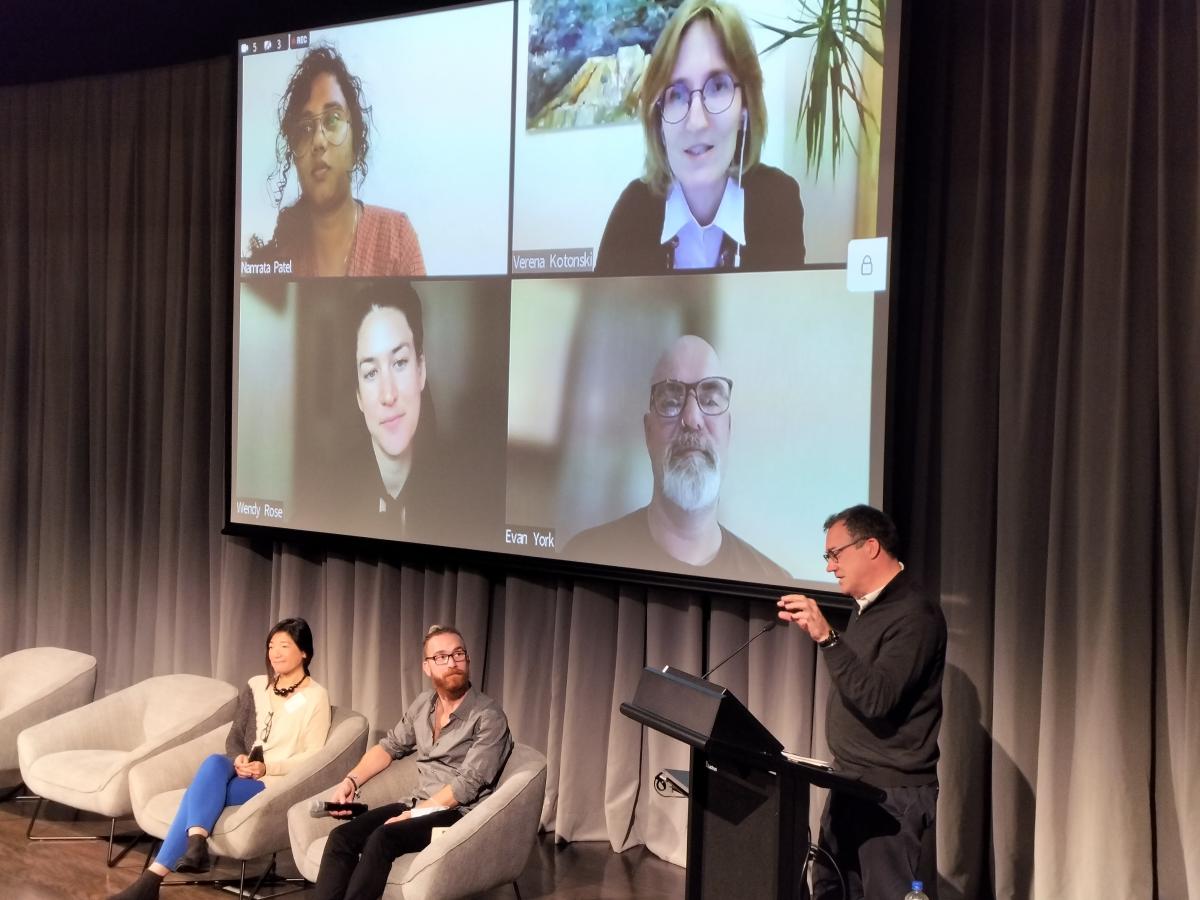
As soon as the last presentation ended, comments and questions poured into the chat box and hands went up in the live audience. In this blog I am presenting some of the questions this session triggered that would need to be addressed in the future. To begin a conversation and to link the three presentations into a coherent narrative of the session’s theme “Scientific research informing change”, the Co-Chair for the session, Tom Learner, the head of Getty Conservation Institute’s Science department, individually asked each speaker to further elaborate on scope of their scientific research, including what future changes they anticipated as a result of their research. He also asked how their results could be further interpreted, opening up new avenues for conversation amongst the conservation fraternity.
The analytical capabilities of these technologies combined with their non-contact nature mean that they are potentially very useful for investigating objects. The detailed images produced are very beneficial to monitor and record condition. All the panellists emphasised the need for collaboration across expertise from different fields. Collaboration is also required amongst cultural institutions to share and disseminate the data they generate.
To optimize the use of these technologies we as a community need to define its role and scope – exploring how to make good use of what is available in the future.
Looking at these presentations I felt that different organisations are trying to build their own documentation system. Which means an incredible amount of data has been generated using these technologies. Besides the standardisation of protocols to be followed, there is also an urgent need to set up a sustainable retrieval system for this data future. Given the fast pace of technological evolution, we as a community also need to find methods to back up this data, if we wish to be able to use the information we have as reference points, and as a diagnostic tool to detect detrimental change in the future.
AUTHOR:
Namrata Patel is an art conservator based in Mumbai, India.